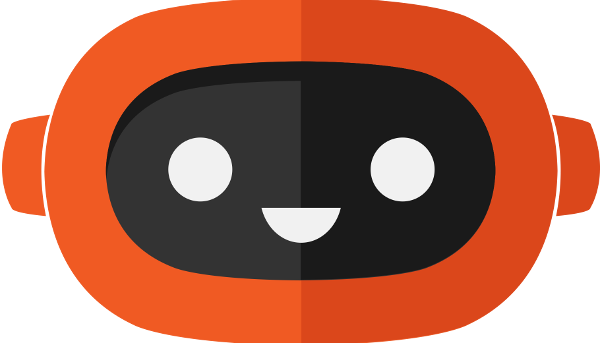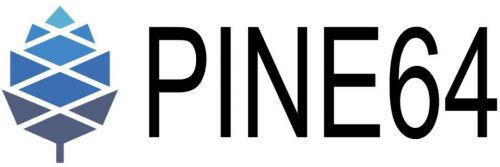Dreaming of a Convergent GNU/Linux Phone
Aug. 11, 2021
Aug. 11, 2021



Back in May I wrote about my de-Googled, May First Technology Movement connected phone running LineageOS. While this phone has become what in mobile parlance is called my daily driver, and while I do really love it in many ways, it is not the end of the story in terms of what I want from a mobile computer / phone.
If I could have my dream phone, it would:
- run free software throughout.
- handle communication requirements including phone calls and text messages.
- integrate with Nextcloud seamlessly for calendar, contacts, and to-do list.
- have nicely working maps and weather apps.
- allow me to run apps to interact with my local credit union, look up public transit times, etc.
- allow me to use the CLI tools I know and love for moving files, installing software, etc.
- replace a laptop / desktop computer in a pinch.
My de-Googled LineageOS phone does pretty well with this list. It fully gives me items 1 through 3, struggles with item 4, but does a pretty good job with item 5, and about half of item 6. It is only half of item 6 because while there is a virtual terminal app, the operating system does not support easy management of the system or software through it. In short it does a good enough job to make it usable as my daily driver, but still keeps me looking for my dream phone, especially one that fully supported convergence.
Convergence
Wikipedia defines technological convergence as "the tendency for technologies that were originally unrelated to become more closely integrated and even unified as they develop and advance." Later in the article there is an image of a Librem 5, a mobile phone manufactured by the social purpose company Purism with convergence as one of its design goals.
With the power of a cell phones ever increasing, it is now possible have a cell phone with a multi-core processor and gigabytes of RAM, making it perfectly conceivable that if the device could be attached to a large monitor and a full sized keyboard and mouse, it could take the place of a desktop system.
I have been strongly attracted to this idea ever since Mark Shuttleworth announced Ubuntu Touch <https://en.wikipedia.org/wiki/Ubuntu_Touch>>_ in Fall of 2011. Unfortunately, he was probably a decade ahead of his time, and both Canonical and Microsoft failed commercially in their attempts to develop convergent smart phones.
One of the wonderful things about free software however, is that commercial failure does not need to mean the end of the project. While Windows Phone is dead, Ubuntu Touch lives, thanks to the ongoing work of the UBports foundation, a community project that took over the development of Ubuntu Touch when Canonical abandoned it in 2017.
Evaluation of Librem 5 and Ubuntu Touch
I have both a Librem 5 running PureOS and a OnePlus One running Ubuntu Touch. As I mentioned in my LineageOS post, the Librem 5 is not yet usable. I am watching it slowly inch its way closer with each update, but it still has a long way to go. As a case in point, I wanted to include screenshots of my Librem 5 in this blog post, but there is no working screenshot application in the PureOS Store. I did find a nice blog post by Kyle Ranking titled Easy Librem 5 App Development: Take a Screenshot, which helps capture what the Librem 5 is good for at this point - it is a fully functional, portable computer running a Debian based operating system. I can ssh into it with ease, and apt install the latest command line software. I haven't tried yet, but I'm confident I could install a web server and have it serve web sites. That means it has made great strides toward item number 7 on my dream list. It also integrates seamlessly now with my May First Movement Nextcloud, where I keep my calendar, contacts, and todo list. When I selected Nextcloud in the Online Accounts section under settings, everything just worked. Well, it sort of worked. Data from my online calendar was indeed on my phone calendar, but the phone calendar only showed Sunday through half of Wednesday, with no way to even scroll to see the rest of the week.